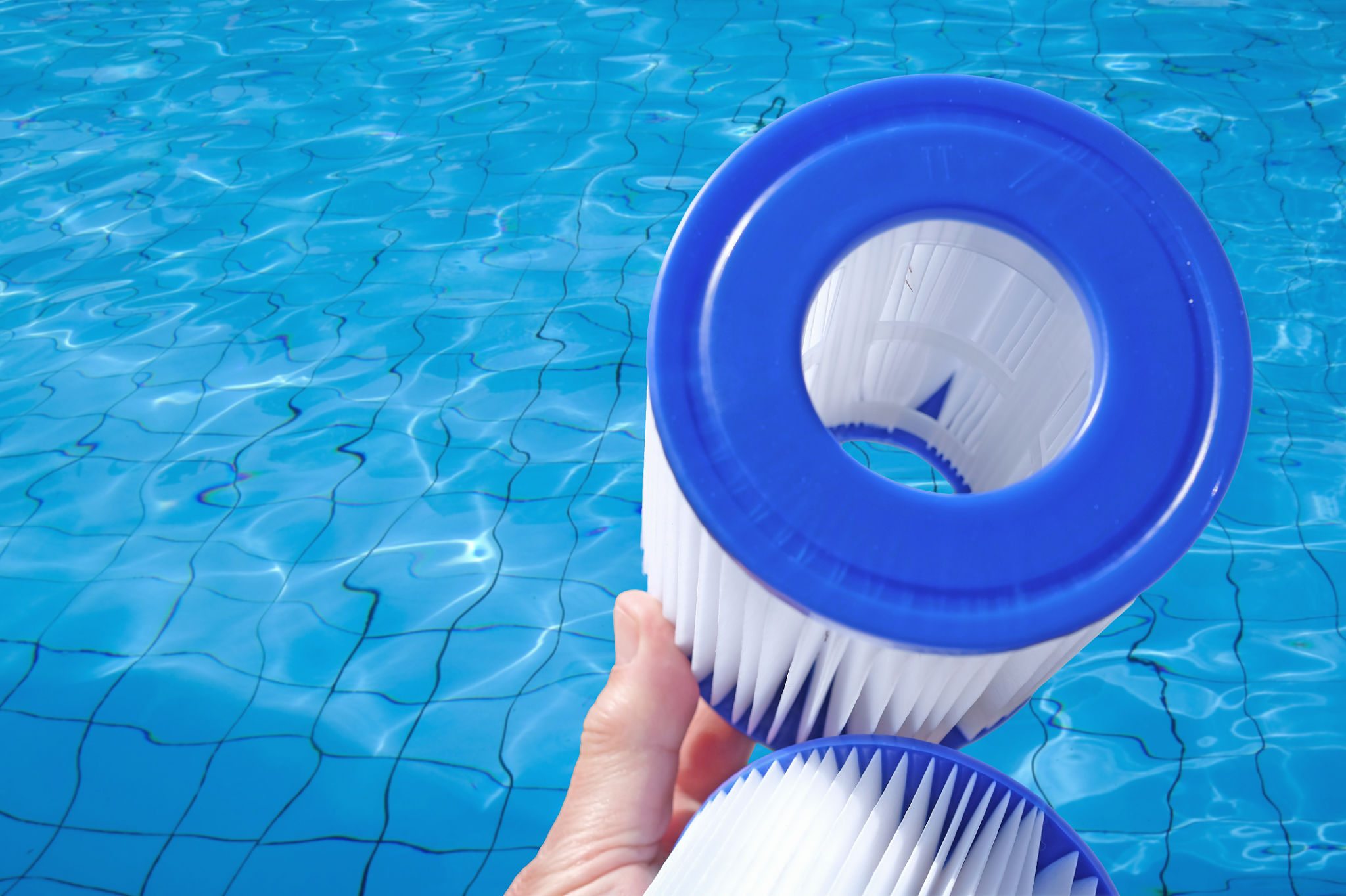How to Winterize Your Pool in Fredericksburg: A Step-by-Step Guide
Understanding the Importance of Winterizing Your Pool
Winterizing your pool is essential to protect it from the harsh winter conditions in Fredericksburg. Properly closing your pool ensures that it remains in top condition, saving you time and money when it's time to reopen in the spring. Neglecting this process can lead to damage from freezing temperatures, which can be costly to repair.
Before you begin the winterization process, make sure to gather all necessary supplies. This includes pool chemicals, a cover, and cleaning equipment. Each step is crucial to ensuring your pool stays in excellent condition throughout the winter months.

Step 1: Clean the Pool Thoroughly
Start by removing all debris, such as leaves and dirt, from the pool. Use a skimmer net and a pool vacuum to ensure that the bottom and sides of the pool are clean. This step is vital because any organic material left in the pool can cause stains and harbor bacteria over the winter.
Don't forget to clean the pool filter as well. Whether you have a sand, cartridge, or diatomaceous earth filter, cleaning it will help maintain water quality and efficiency when you reopen your pool.
Step 2: Balance the Pool Water Chemistry
Balancing your pool's water chemistry is a critical step in winterization. Test the water's pH, alkalinity, and calcium hardness levels. Adjust these levels to ensure they are within the recommended ranges. Proper chemical balance prevents corrosion and scaling during the winter.

Once balanced, add a winterizing chemical kit to protect against algae growth and ensure your pool water stays clear and healthy throughout the colder months. Make sure to follow the manufacturer's instructions for best results.
Step 3: Lower the Water Level
Lowering the water level is necessary to prevent damage from freezing. Typically, you should reduce the water level to about 12-18 inches below the skimmer opening. This ensures that ice won't crack or damage your skimmer and other components.
If you have an above-ground pool, consider removing the hoses and storing them in a safe place to prevent freezing and cracking. This simple measure can save you from more extensive repairs later on.

Step 4: Protect Pool Equipment
It's crucial to drain your pool's pump, heater, and filter. Remove any plugs and allow the water to drain out completely. Store these items in a dry place to prevent damage from freezing temperatures.
Consider using an air compressor or a shop vac to blow out any remaining water from the pipes and equipment. This extra precaution helps prevent freezing and cracking during cold spells.
Step 5: Cover Your Pool
The final step in winterizing your pool is to cover it with a high-quality pool cover. Ensure that the cover fits snugly and securely over the entire pool area. A good cover protects against debris and reduces evaporation, keeping your pool in optimal condition.

If you have an above-ground pool, secure the cover with clips or a cable system to prevent wind from lifting it off during storms. Regularly check your cover throughout the winter to ensure it remains in place and free of accumulated debris.
By following these steps, you can effectively winterize your pool in Fredericksburg, ensuring it remains in excellent condition throughout the cold months. Proper winterization not only protects your investment but also makes reopening your pool in spring a much smoother process.
